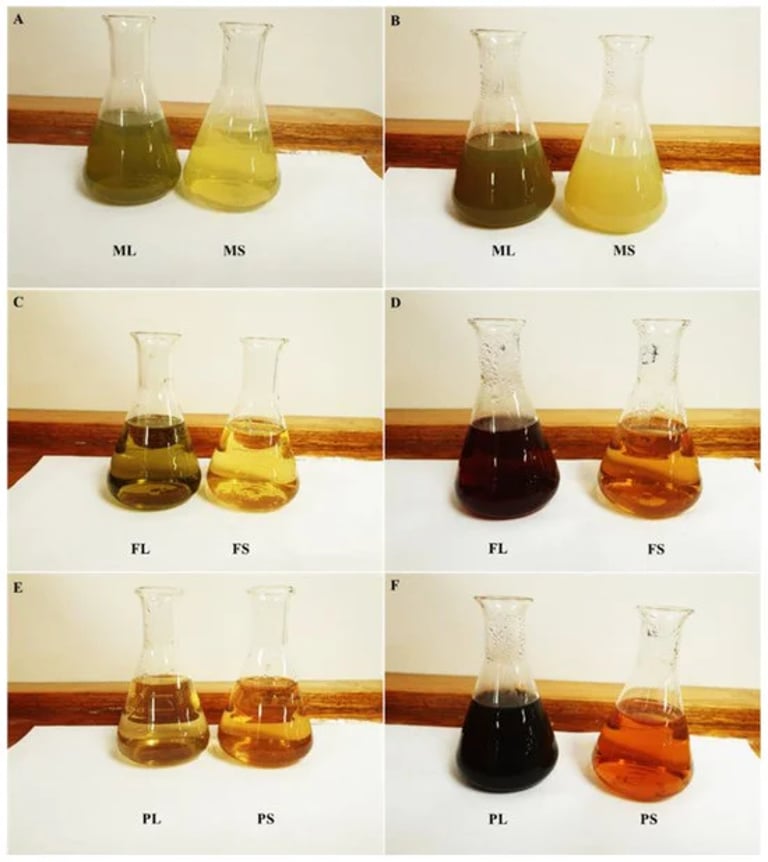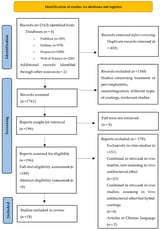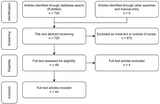Silver Nanoparticles Show Promise in Dental Care: A New Frontier Against Pathogens and Antibiotic Resistance
September 24, 2024
Recent research highlights the antimicrobial activity of silver nanoparticles (AgNPs) against common pathogens such as Staphylococcus aureus, Escherichia coli, and Candida albicans.
Nanotechnology, particularly the application of nanoparticles, is emerging as a promising avenue for developing effective anti-caries agents in dental care.
AgNPs can be integrated into various dental materials, including composite resins and glass ionomer cements, significantly enhancing their antibacterial properties and durability.
Despite these promising findings, the review emphasizes the necessity for more clinical trials to validate the results due to the variability observed in existing studies.
The study underscores the urgent need for novel antimicrobial agents to combat the growing challenge of antibiotic resistance, suggesting chitosan-based nanomaterials as a viable solution.
Moreover, it highlights the importance of developing wound treatments that minimize antibiotic exposure to effectively address the rise of resistant microorganisms.
Factors influencing complications in dental implants include the oral microbiota, which varies significantly between healthy and diseased states, affecting biofilm formation.
The peri-implant microbiome is distinct from that of natural teeth, influencing susceptibility to infections and the effectiveness of treatments.
Research indicates that modified titanium dental implant surfaces exhibit antimicrobial effects against bacteria associated with peri-implantitis, which is crucial for improving patient outcomes.
Various surface treatments, including physical, chemical, and electrochemical methods, have been explored to enhance the antimicrobial properties of titanium implants.
Overall, the findings encourage the scientific community to further investigate the potential of AgNPs in addressing critical health and environmental challenges.
This comprehensive review, authored by a collaborative team from Algeria and Romania, was published in the journal 'Polymers' on September 21, 2024.
Summary based on 20 sources



